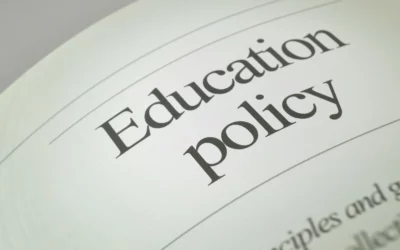Written by The Likely Voter
October 24, 2024
- Utah’s chief method of voting is via mail.
- Voters can vote in person early if preferred.
- The traditional method of in-person voting on Election Day is also available.
![]()
Election Day (Nov. 5) is fast approaching, and you might be wondering which methods are available to you to cast your ballot. In the state of Utah, voters have several options.
Vote by mail
Utah’s chief election method is vote by mail, and every registered voter will receive their ballot in the mail between Oct. 15 and Oct. 29. Once the ballot is received, voters will fill it out with their preferred candidates for each respective office, sign the affidavit, then mail back their enclosed ballot or drop it off at a local secure drop box location. You can find your local drop box location here.
If you choose to return your ballot via USPS, the ballot must be postmarked on or before Monday, Nov. 4. If you are unsure whether you can mail it in time, it is best to drop it off at your local drop box location.
Voters can track their ballot, and even receive notifications regarding its status, to ensure it is delivered on time. Sign up for tracking here.
Early voting
For those who did not receive a ballot in the mail or would prefer to vote in person but are unsure if they can make it to the polls on Election Day, Utah has an early voting option. Voting locations differ depending on the county, so you can find your local early voting location here. Be sure to bring a valid ID.
In person on Election Day
Along with the other two options, Utah also provides traditional, in-person voting on the day of the election. With a valid ID, arrive at your local polling location on Election Day, and you will be handed your ballot and can cast your vote in person.

For more resources on Utah’s elections, visit Sutherland’s Elections Issue page.
Read More
What’s happening with education choice policy?
There’s movement on a federal scholarship tax credit while more states adopt private school choice policies.
Trump’s tariffs: path to working-class prosperity, or protectionist misstep?
Defenders argue tariffs will restore manufacturing jobs, while critics say they amount to a tax on Americans with little real benefit. Experts from both sides weigh in.
Congress should follow Utah’s lead on protecting kids online with app store law
A new bill to regulate app stores has been introduced in Congress.




